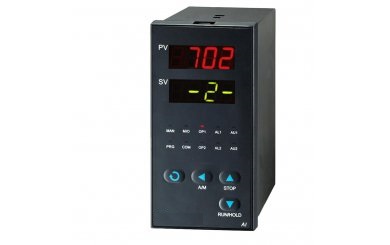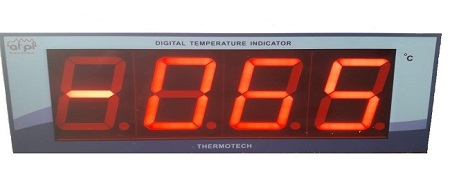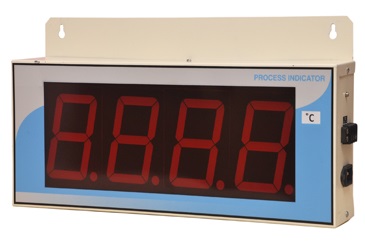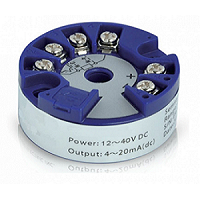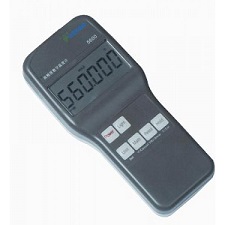
Resistance Temperature Detectors (RTDs): An Overview
Resistance thermometers, commonly known as Resistance Temperature Detectors (RTDs), are highly accurate and reliable sensors used to measure Temperature by correlating the resistance of the RTD element with Temperature. They are widely used in applications where precision and stability are critical. Unlike thermocouples, RTDs operate based on the predictable change in electrical resistance of certain metals—most notably platinum—with Temperature.
RTDs are valued for their excellent repeatability, long-term stability, and accurate linear output over a broad Temperature range. They are commonly employed in laboratory, industrial, and commercial settings for Temperature monitoring and control, especially in processes requiring consistent and precise measurements.
Working Principle
The working principle of an RTD is rooted in the positive Temperature coefficient of electrical resistance exhibited by metals like platinum, nickel, or copper. As the Temperature increases, the resistance of the RTD element also increases in a known and repeatable manner.
An RTD element typically consists of a fine wire wrapped around a ceramic or glass core. The resistance is measured using a Wheatstone bridge or similar circuit, and the corresponding Temperature is derived based on standardized resistance-Temperature characteristics (such as the DIN EN 60751 standard for platinum RTDs).
Due to their stable and accurate behavior, RTDs are widely used where precise Temperature monitoring is essential, such as in power plants, refineries, chemical plants, and aerospace applications.
Model S12 – Manufactured by Ajmer Thermotech Pvt. Ltd.
Ajmer Thermotech Pvt. Ltd., an ISO 9001:2015 and CE certified company, manufactures and supplies the Model S12 RTD assembly with a Nipple-Union-Nipple (N-U-N) thermowell configuration. This model is specifically designed for applications requiring easy removal and maintenance of the Temperature sensor without interrupting the process flow or dismantling pipework.
The N-U-N thermowell assembly consists of two nipples and a union fitting, providing a secure, leak-resistant installation while allowing quick disconnection and reconnection of the RTD. This design is particularly advantageous in pipelines or vessels where regular calibration or replacement of the sensor is needed.
The Model S12 is available in a variety of materials such as stainless steel and other corrosion-resistant alloys, with multiple thread sizes, insertion lengths, and RTD wiring configurations (2-wire, 3-wire, or 4-wire). It is well-suited for demanding industries including petrochemical, power generation, pharmaceuticals, and chemical processing, where operational efficiency and maintenance flexibility are critical.




